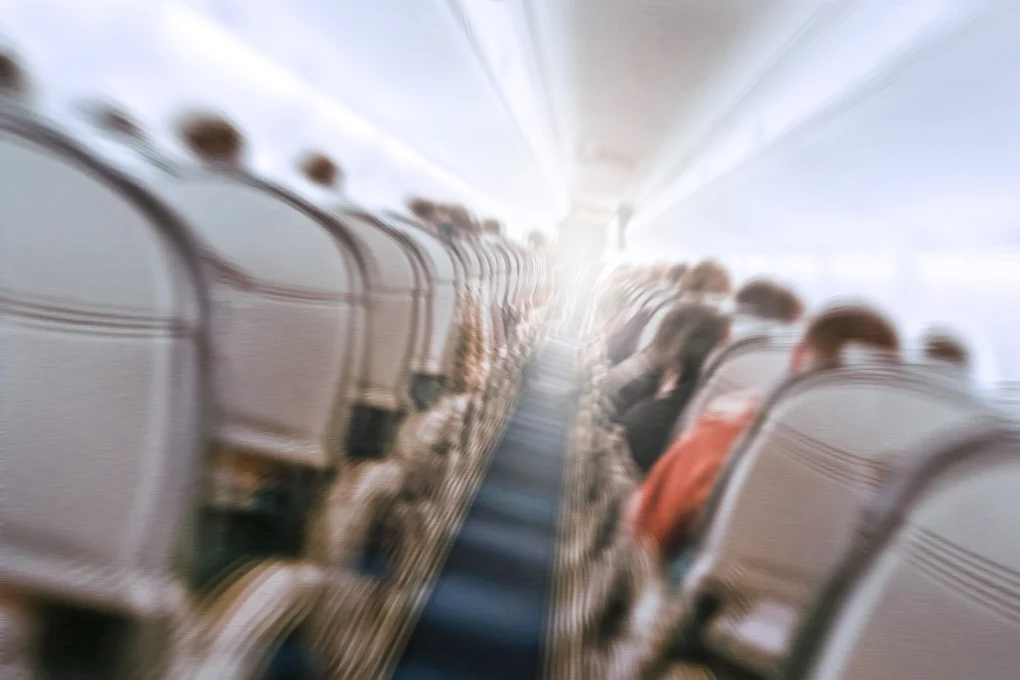A recent IndiGo flight from Delhi to Srinagar faced a frightening moment when it flew through a violent hailstorm. The plane shook badly, loud noises filled the cabin, and many passengers were scared and praying. The pilot declared an emergency, but thankfully all 277 passengers landed safely.
This frightening event is not just a one-time incident.
Flights running into severe turbulence and bad weather are happening more often now. What used to be rare is becoming a regular problem — and climate change is the main cause. Clear air turbulence is a sudden, invisible kind of turbulence that pilots cannot see or detect on radar. Because of global warming, the winds high up in the atmosphere — called jet streams — have become stronger and more unpredictable. This causes more sudden and stronger turbulence.
There has been a 55% increase since 1979, in severe turbulence over the busy North Atlantic flight routes. In Asia, Africa, and the Middle East, moderate to severe turbulence has risen by as much as 155%. Airlines face about 68,000 more turbulence events every year than before.
Extreme weather such as hailstorms, heatwaves, heavy rains, and sudden cold spells are affecting airplanes more often. Airlines like Singapore Airlines, Qatar Airways, Australian airlines, and now IndiGo have reported damage to planes and injuries to passengers during flights because of these tough conditions.
Although flying adds to climate change by producing emissions, the changing climate is now making flying more dangerous. Pilots can’t always predict these sudden weather changes, but passengers experience their effects clearly.
Experts warn that the increasing frequency of such turbulence and extreme weather events poses serious risks not only to passenger comfort but to flight safety. In some cases, turbulence has caused injuries, broken cabin equipment, and forced emergency landings. Airlines and aviation authorities worldwide are being urged to invest in better detection systems, improve pilot training for these new weather realities, and reassess flight routes and altitudes to avoid the worst turbulence zones.
The recent IndiGo flight incident highlights that climate change is no longer just an environmental concern but a significant safety risk, as increasingly unpredictable skies present new challenges for aviation. Climate change is a shared global emergency that demands immediate and coordinated action. It is crucial to recognize and address its wide-ranging impacts without delay.
👉 Click here to read the latest Gujarat news on TheLiveAhmedabad.com



